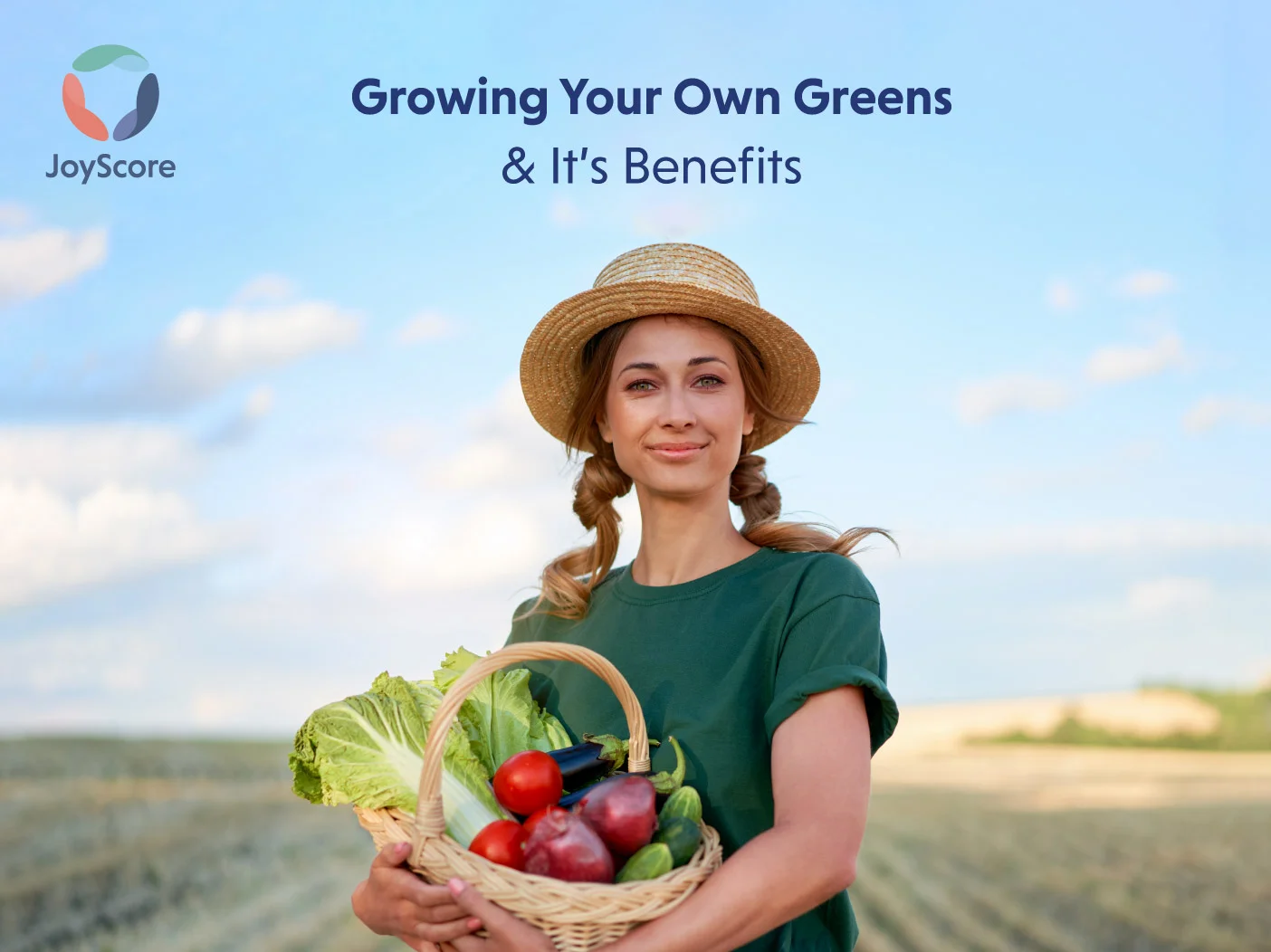Let’s go green, by growing your own greens (vegetables) at your home.
Every food item tastes better when it is homegrown. But what should you produce? Mustard, kale, lettuce, or some other type of leafy green? We’ll advise you and also demonstrate how to grow your vegetables.
The lush greens’ vibrant foliage looks fantastic in a vegetable row or a flower garden. Additionally, they aren’t always green, giving you a wide range of color combinations for imaginative designs! These 6 leafy greens come in a variety of varieties. Learn how to produce lettuce, kale, Swiss chard, spinach, Malabar spinach, and mustard here, as well as learn which varieties will thrive in your garden.
Ways to go green
Plan ahead for the ideal months for growing greens and growing microgreens in your region since most like mild temperatures (50 to 75 degrees F).
Place all greenery in direct sunlight. The greatest greens are produced in constantly damp, but not soggy, soil. Six weeks before the typical spring last frost, sow mustard, kale, and spinach; wait three weeks to sow lettuce and Swiss chard. Malabar spinach plants should be planted outside once the risk of frost has passed. Cutting rather than tugging, trim seedlings to a spacing of 6 inches when they emerge.
Pull up plants when they bolt (or start to produce flower stalks) because the flavor will begin to fade after this.
One of the main reasons people started to go for the green grown at home was for food safety, but there are a ton of other good reasons as well. The top reasons for growing your own organic food are as follows:
Motives to Plant a Vegetable Garden.
A vegetable garden is a simple way to cut costs, stay active, and have access to fresh fruits, veggies, and herbs. Continue reading for more advantages of growing your own food as well as advice on how to start a vegetable garden right now.
- Veggies Grown at Home Taste Better
Nothing compares to biting into a freshly picked, ripe tomato or munching on string beans. When you cultivate your own food, you can enjoy a variety of delights, including flavor.
Many of the fruits and vegetables found in supermarkets have been modified for industrial farming. These strains are developed to produce more per plant, be ready for harvesting all at once, have a longer shelf life, be uniform in size and shape, a ship without bruising, and frequently finish ripening on trucks during shipping through the selection and breeding of particular features.
- In Your Garden, You Can Grow More Varieties
You can choose from a huge variety of cultivars that have more flavor and texture than what is offered in grocery shops by growing high-quality transplants from your neighborhood nursery or starting your own seedlings under lights. Based on flavor, shape, and color, you can pick from hundreds of different options. When you grow your own, you can pick cultivars that are suited to your growing environment or quick maturers.
- Growing Green Products = Reduction of Food Contamination Risk
You will always know where your food comes from if you grow it and harvest it in your backyard garden. Since 2006, there have been several cases of food-borne illnesses. According to the US Federal Government, 128,000 people are hospitalized, 3,000 people pass away, and 48 million people contract a foodborne illness annually.
- Outdoor exercise is provided via gardening.
Gardening allows you to spend a lot of time outside throughout the growing season. Many various gardening movements call for both strength and flexibility. Low-impact exercises that include repetitive motions are ideal including wedding, planting, and digging.
Did you know that 45 minutes of gardening can burn as many calories as 15 minutes of running 1.5 miles? You can feel better and have better health by engaging in regular physical activity since it reduces stress, increases energy, and eases tension.
- Gardening Reduces Grocery Store Costs
Gardening genuinely reduces costs. When compared to the amount of food it produces, gardening really doesn’t cost much in supplies if you keep to the fundamentals.
You will save money even if you only grow a tiny garden for fresh food. For instance, a package of organic salad greens at the grocery store typically costs at least $5 and typically only yields a few servings. When you grow your own from a package of high-quality organic seeds, it costs half as much and yields nearly twice as much.
- Gardening Improves Your Mood

One of the most satisfying experiences is sowing a seed and watching it grow to create food for you and your family. Although many of us put in a lot of effort to support our families and make ends meet, the strong connection between this minimal effort and the consequent immediate return is rewarding.
In conclusion, growing your own greens has numerous benefits, including improving your health, saving money, and reducing your environmental impact. By growing your own vegetables, you have more control over what you consume, as you can ensure they are grown organically and free of harmful chemicals. Producing your own greens can help reduce your grocery bill and provide you with fresh produce all year round.
Also, growing your own greens promotes sustainable living by reducing the carbon footprint associated with transporting and packaging store-bought vegetables. This practice can also help reduce food waste, as you can pick only what you need, and any surplus can be shared with friends or donated to a local food bank.
Starting a garden may seem daunting, but it can be done on a small scale with minimal resources. Even just growing herbs on a windowsill can provide you with a source of fresh, flavorful additions to your meals. In the end, growing your own greens is not only rewarding but can also make a positive impact on your health and the environment.
Do your part to go green and help save the earth.



